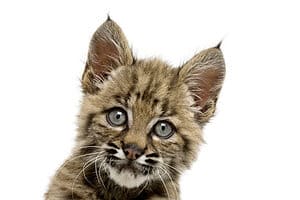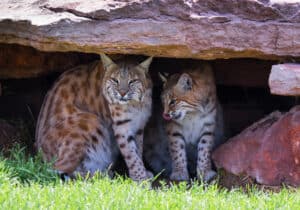The Rocky Mountains, the Great Basin along the border with Nevada and Arizona, and the Colorado Plateau close to the eastern border with Colorado, make up Utah’s three primary geographical regions. Five national parks, numerous other state parks, and wildlife refuges are home to some of the state’s most fascinating species. These state and national parks cover nearly all of Utah’s significant geographic areas.
In American woodlands, bobcats are among the most prevalent wild cats. They do well in most states, and some allow for legal hunting in certain regions. Are there bobcats in Utah? Below, we will discuss everything you need to know about bobcats in Utah, where they can be found, and more interesting facts.
Are There Bobcats in Utah?
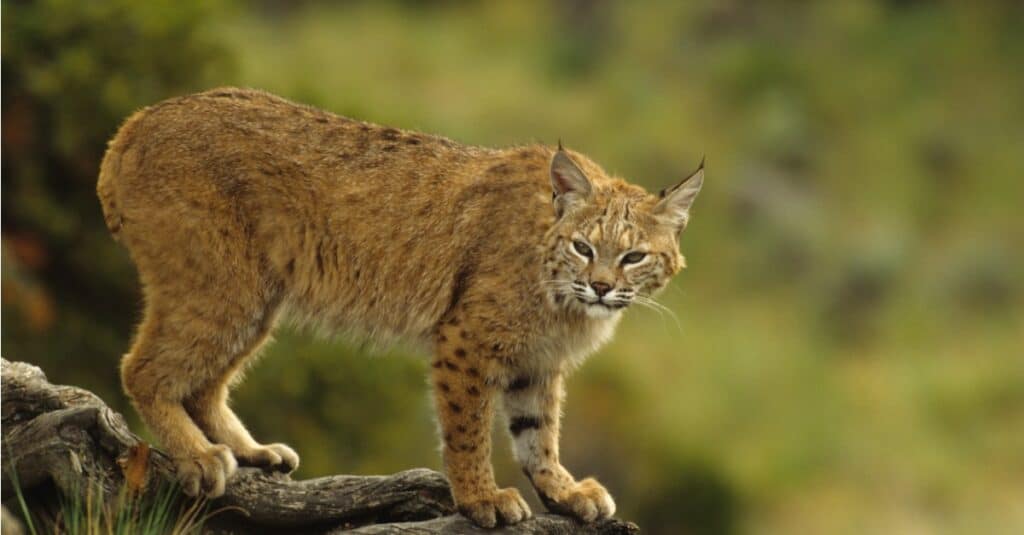
Utah has a thriving population of bobcats.
©iStock.com/twildlife
Fortunately for Utah, bobcats are a fairly common mammal to roam its lands. In North America, the bobcat is a widespread wild cat species native to its regions. But not all of the states in the nation have bobcats. Some states have designated the wild cat species vulnerable due to declining numbers. Still, other states have strong and healthy populations that are sufficient to permit hunting and trapping. Utah, thankfully, boasts a thriving population of the wild cat species.
Where Do Bobcats in Utah Live?
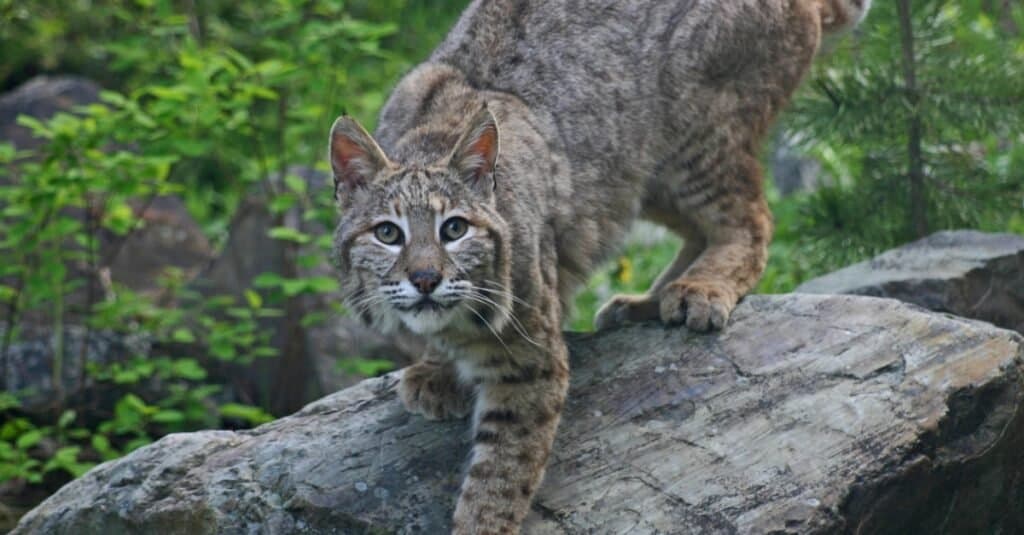
Bobcats are present in all 29 counties and most habitat types in Utah.
©iStock.com/Anita Elder Design
In Utah, bobcats — members of the felid family — can be found in various environments, from marshes and grasslands to forests and deserts. Bobcats are present in all 29 counties and most habitat types in Utah. They can be found across the state, including the desert, broken forested mountains, riparian areas, chaparral country, rimrock canyon, and mountainous woods. Yet, even for residents, it’s unusual to see one of these cats because they are active at night. They are lone cats that only associate with other bobcats for mating purposes.
Bobcats use a range of habitats, and as urbanization spreads, they have grown used to areas designed for people. Since they are extremely adaptable and have figured out how to adapt to the varied and expansive topography of the continent, these wild cats are known to be an animal of “patchy” countries. They frequently choose rocky, naturally occurring areas with lots of prey and abundant flora for their dens.
Bobcat Hunting in Utah
The season for hunting bobcats in Utah lasts from November 18th until March 1st. 30 minutes before sunrise to 30 minutes after dusk are the designated hunting hours, and one bag per permit is the bag limit. An active Utah furbearer license is required before applying for a bobcat permit.
There are also specific rules for landowners about killing a bobcat spotted on their property. Utah law permits a Wildlife Services agent to remove or kill a bobcat causing damage, provided that the agent is under the direction of the USDA Wildlife Services program and follows the guidelines the Division sets. Bobcats that are bothering livestock may be taken by the owner of the livestock or by the owner’s employee, but only if the employee is on the owner’s regular payroll and wasn’t employed particularly to take furbearers. In addition, the Division must receive any bobcat that a livestock owner or employee captured within 72 hours.
Before you can get a furbearer license, bobcat permission, or a marten permit, you must show confirmation that you’ve passed a fur harvester education course recognized by the Division.
Are Bobcats a Problem in Utah?
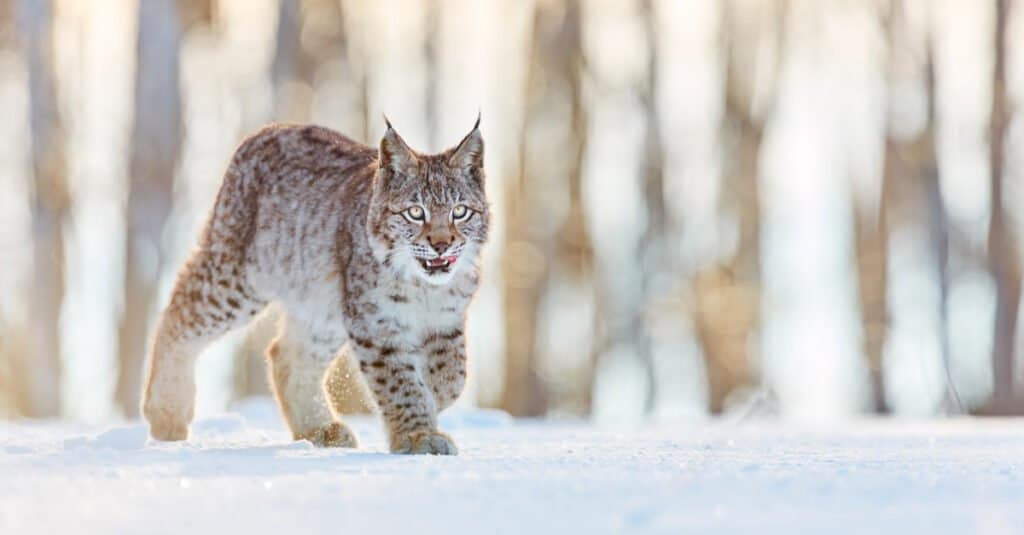
Typically, bobcats don’t attack humans.
©Petr Salinger/Shutterstock.com
Bobcats are rarely troublemakers and often stay away from densely populated and developed regions. Bobcats don’t typically attack humans, and no one should attempt to approach or handle a wild bobcat or her cubs despite the rarity of bobcat attacks. Because of their desire for cover, they are typically invisible. As a result, bobcat assaults on people are extremely rare, and they coexist happily with sizable human populations. However, these felines are more likely to come to your home if food is nearby. Although they occasionally feed on smaller livestock like goats or chickens, they are not a severe concern.
What Other Wild Cats Live in Utah?
There are active populations of mountain lions, bobcats, and lynx in Utah, although it’s doubtful that you will see any of them during the day because they are nocturnal, elusive, and generally prefer to stay away from people. Although all of these cats are lone predators, you might run into one if you like to hike or camp in the forest.
Mountain Lions or Cougars
Cougars are common in Utah’s foothills and canyons. Still, they can occasionally be seen in the valleys, especially in the winter when they follow deer looking for food down to lower elevations. Although timid and isolated, cougars are the wild cat you are most likely to see in Utah. They are rather common and can be found in Southern Utah’s deserts and the state’s northern mountain ranges. According to estimates from 2019, there were around 2,700 adult cougars in the state. However, densities calculated by top cougar researchers suggest a population of 1,600 mountain lions is more likely to exist in reality.
Canadian Lynx
In Utah, it is unusual to witness a Canada lynx. Sightings have decreased over the past 20 years, although they were once frequent in the state. Therefore, you should alert Fish and Game officials if you spot one in Utah.
Over the past 20 years, there have been very few reports of lynx sightings in Utah. The lynx’s range, which includes Canada, Maine, and the Rocky Mountains, is still thought to include the Beehive State.
Conclusion
Although Utah’s natural wild cats are magnificent creatures, they should be left alone because they are wild animals. You shouldn’t approach them too closely; they should be allowed to flourish in their native environments. Try to move away slowly and stealthily if you spot one from a distance.
Up Next:
Bobcats in Michigan: Types & Where They Live
Bobcats in Georgia: Types & Where They Live
Bobcats in Texas: Types & Where They Live
Bobcats In Indiana: Types & Where They Live
The photo featured at the top of this post is © Victor Arita/Shutterstock.com
Sources
- Hepper, Available here: https://www.hepper.com/are-there-wild-cats-in-utah/
- Wild Aware Utah, Available here: https://www.wildawareutah.org/wildlife/bobcats/
- The Predator Hunter, Available here: https://thepredatorhunter.com/laws-for-hunting-bobcats-in-utah/#:~:text=In%20Utah%2C%20the%20bobcat%20hunt,before%20obtaining%20a%20bobcat%20permit
Thank you for reading! Have some feedback for us? Contact the AZ Animals editorial team.



